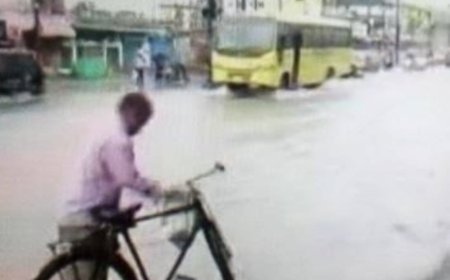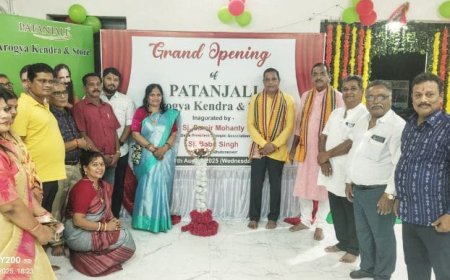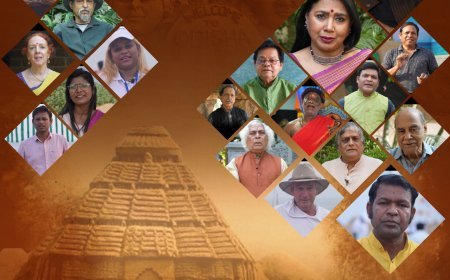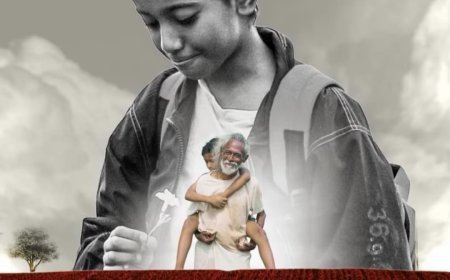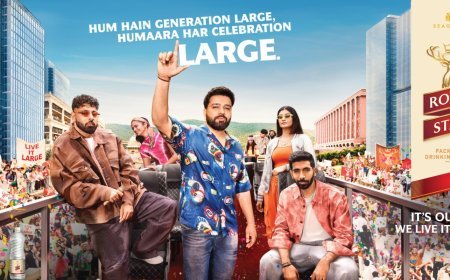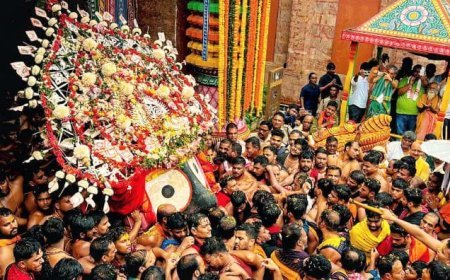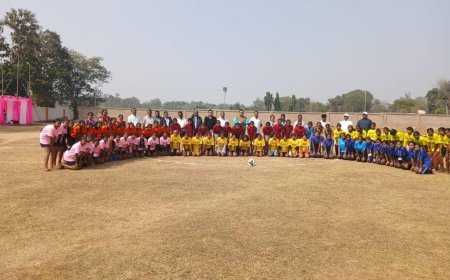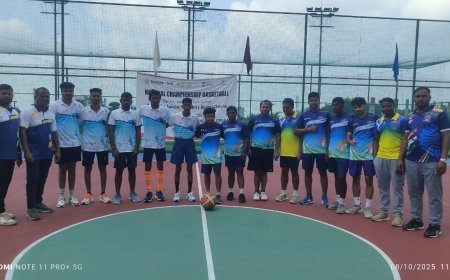Salia Sahi Demolition: Growth Demands, Human Costs
Bhubaneswar’s biggest urban shift raises questions of development, dignity, and the future of its working-class backbone.
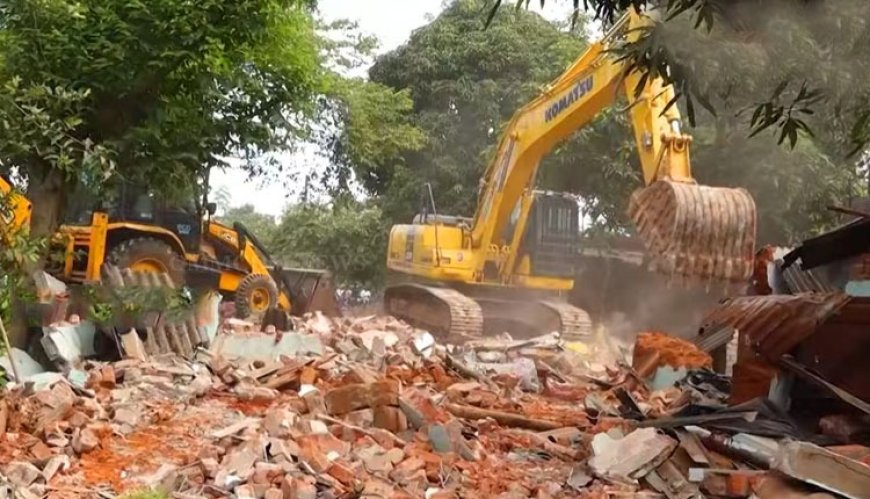
By | Sashi Sekhar Samant |
Bhubaneswar stands today at a point of irreversible transition. As the city races toward high-end urban expansion — metro corridors, smart infrastructure, commercial districts, and global-city aspirations — the proposed and ongoing demolition at Salia Sahi has become the most consequential act of urban restructuring in recent memory.
For decades, Salia Sahi has been an informal but deeply functional socio-economic engine for the city. Now, as the state undertakes its removal and redevelopment, Bhubaneswar faces a dual test: whether it can modernise without losing compassion, and whether growth can proceed without bruising the very people who helped build the city.
Why Removal Has Become a Development Necessity: Salia Sahi occupies a large wedge of land in the middle of Bhubaneswar’s expanding infrastructure grid. As mobility corridors and road-widening projects attempt to reshape the city, planners have repeatedly identified the settlement as a major obstacle. Its unregulated structures make road alignment, drainage channels, and public transport expansion nearly impossible.
Rising Environmental and Civic Strain: Over the years, the lack of systematic sewage, high-density housing, waterlogging, and inefficient service delivery have created persistent public-health alarms. No city aspiring for global standards can maintain a large, unplanned settlement at its core. The Pressure of Land Economics, With IT corridors, high-value institutions, and expanding commercial demand, centrally located land is now a premium asset. Leaving such a major portion of it unstructured is incompatible with the city’s long-term economic vision. These arguments form the backbone of the government’s decision. The urban logic is undeniable: Bhubaneswar cannot evolve unless its central land uses evolve with it.
The Workforce That Keeps Bhubaneswar Running: Salia Sahi is not merely a residential pocket; it is home to thousands of workers on whom the capital city silently depends — domestic helpers, drivers, construction labourers, electricians, vendors, informal mechanics, and service workers.
By relocating them to far-off relocation sites, Bhubaneswar risks: Labour shortages in construction and services, Rising household dependency costs, Reduced worker productivity due to long travel, Breakdown of decades-old labour networks, the city’s smooth daily functioning is tied to these workers more than most residents realise.
Urban history is full of warnings. When workers are pushed to distant outskirts — far from affordable transport and jobs — they often recreate new slums closer to employment hubs. Delhi, Mumbai, and Bengaluru have all lived through this cycle.If rehabilitation is insufficient or distant, Bhubaneswar may unintentionally create Salia Sahi 2.0 in a new location.
Communities in Salia Sahi survive through collective strength — shared childcare, neighbourhood labour groups, informal lending networks, and women’s support circles. Demolition without socio-economic cushioning shatters these bonds, creating: Instability,
Vulnerability, Loss of social security, Mental and emotional disturbance,Urban growth cannot ignore these human foundations.
Odisha, long praised for the Jaga Mission and its approach to slum empowerment, now faces its most difficult test. Salia Sahi is vast, politically sensitive, economically interlinked, and socially complex. The government must address: Conflicting land claims and legal disputes,
Enormous financial cost of on-site or near-site rehabilitation, Political pressures from multiple sides, Public backlash if resettlement fails, Maintaining law and order during clearing operations , Ensuring long-term sustainability of relocated communities ,
The question is not only what the state does — but how it does it. Multi-storey housing inside or very close to the original settlement ensures: Job continuity, Social cohesion, Schooling stability, Reduced transport burden,It is the most humane and cost-efficient long-term solution. If relocation must occur, it should be within 8 km of key employment nodes, not on distant borders where public transport and markets are scarce.
A Moral and Urban Question for Bhubaneswar,The future of Bhubaneswar depends not only on highways, high-rises, metro corridors, and beautification drives. It depends on whether these advancements include — or exclude — the city’s most essential but invisible community.Cities are judged not by their skylines, but by the dignity they extend to the poorest people who power them.
Bhubaneswar now stands between two models of urban growth: Model A: Infrastructure First, People Later, Fast, dramatic, but socially damaging. Model B: People-Centric Urbanism Slower, complex, but sustainable and humane.The choice made today will decide whether Bhubaneswar becomes a global city for some, or a humane city for all.
Salia Sahi’s demolition is no longer a question of “if.” It is a question of what kind of city Bhubaneswar chooses to become. If Odisha can balance growth with dignity — modernisation with inclusion — then the capital will not only expand its infrastructure but expand its conscience.
That, in the end, is the true measure of a city.

